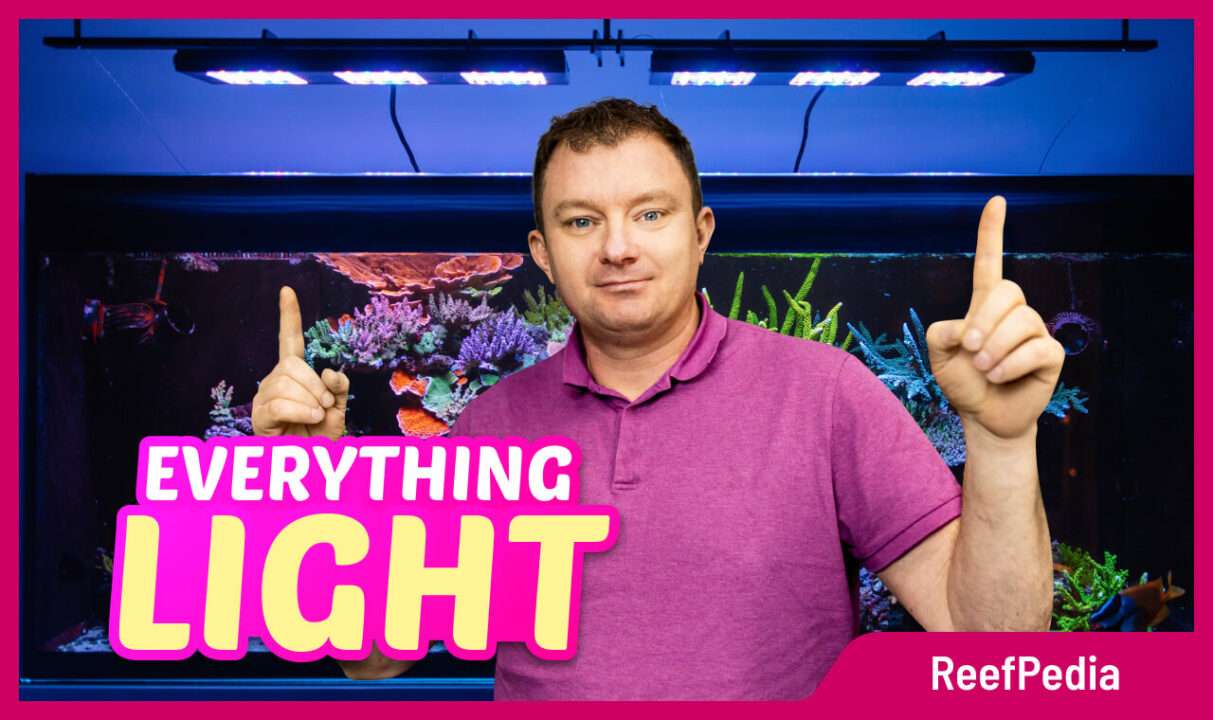Light in the marine aquarium – an introduction
Light in the marine aquarium is crucial and a topic that continually sparks discussions online. This article aims to provide a deeper analysis, as I believe it deserves more attention. I hope you will agree with me, dear reader. Not only will I provide specific data about lighting, but I will also share interesting facts to help you choose the right lamp for your aquarium. Additionally, I encourage you to read on and explore the additional materials, with links provided in the text!
What is light?
Let’s begin with the basics. Light is an electromagnetic wave that is visible to the human eye. It travels through a vacuum at an astounding speed of 299,792,458 m/s. Moreover, it consists of electromagnetic waves of various lengths, which is why we perceive different colors.
Wavelengths of light
To begin with, the wavelength of light is the distance between two successive points on the electromagnetic wave. These points are in the same state of vibration. In other words, it is the distance between two points on the wave that are in the same phase.
Additionally, the wavelength is most commonly measured in meters. However, other units such as nanometers (nm) or micrometers (µm) are also frequently used. The wavelength of light is one of the fundamental parameters that determine its properties. These properties include color, energy, and frequency.
Furthermore, the wavelength is closely related to its frequency. This relationship is described by a well-known law: the shorter the wavelength, the higher the frequency, and vice versa. Mathematically, this can be expressed as:
wavelength = speed of light / frequency
Where the speed of light is about 299,792,458 m/s in a vacuum. (Light gradients and optical microniches in coral tissues. Front Microbiol. 2017; 8: 256).
Ranges of light wavelengths
- Red: about 700-635 nm
- Orange: about 635-590 nm
- Yellow: about 590-560 nm
- Green: about 560-495 nm
- Blue: about 495-450 nm
- Violet: about 450-400 nm
- UV-A: 400-315 nm
Light in the marine aquarium and the PAR parameter
The PAR parameter (Photosynthetically Active Radiation), which we should pay special attention to, allows us to read the photosynthetically active radiation. Its unit is expressed in micromoles of photons per square meter per second.
In addition, photons within the range of wavelengths that stimulate photosynthesis (~400–700 nm) are the most valuable.
In other words, when we measure PAR, we are assessing the stream of photons. These photons represent all colors of visible light and reach a specific surface. The higher the PAR value, the more intense the photon stream. This means a greater number of photons fall on the surface within a second. As a result, a higher PAR value implies more intense photosynthesis.
How does light in the marine aquarium affect corals?
Light in the marine aquarium plays a critical role in the well-being of marine organisms. For example, corals rely heavily on light because they harbor symbiotic algae called zooxanthellae, which perform photosynthesis. These algae use light to convert carbon dioxide and water into organic compounds such as sugars and amino acids. In return, the corals offer the algae shelter and nutrients. Thus, this symbiotic relationship allows corals to receive energy, oxygen, and other essential compounds from the algae.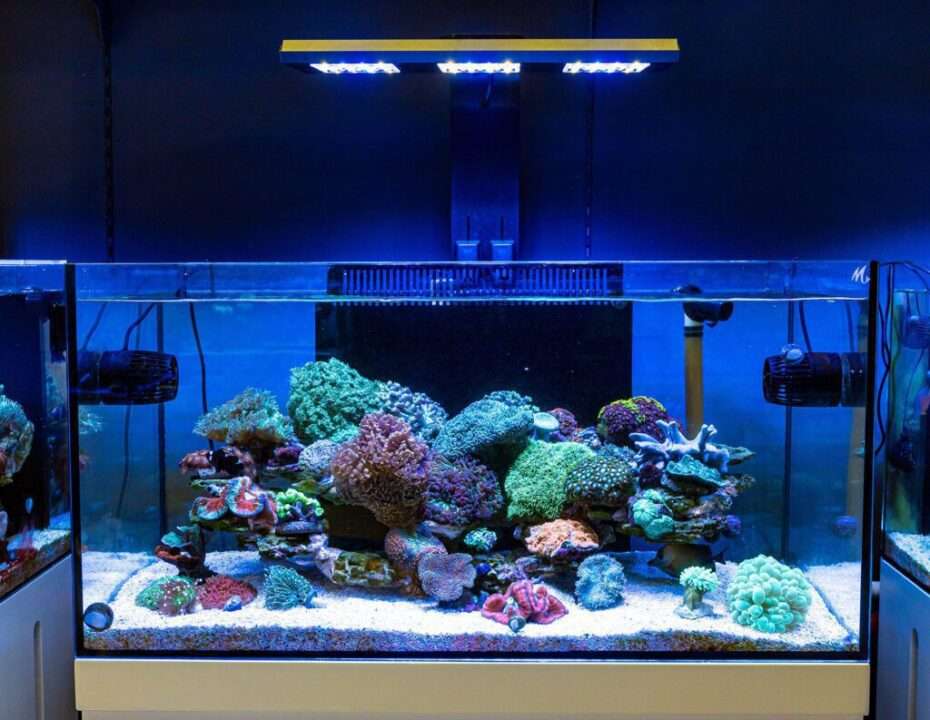
The impact of wavelengths on photosynthesis in corals
As we know, the corals we keep in our tanks often contain symbiotic algae called zooxanthellae, which utilize light for photosynthesis. Therefore, light in the aquarium is crucial because photosynthesis is a biochemical process that transforms light energy into chemical energy. Through this process, corals receive a significant amount of chemical energy from their zooxanthellae. This energy comes in the form of sugars, fats, amino acids, and oxygen.
What is more, we understand that all colors stimulate photosynthesis among corals with zooxanthellae. However, it is also known that photosynthesis is the main driver of coral growth, as it provides corals with substantial energy in the form of organic compounds. Over the years, scientific research has been conducted to determine which light wavelength is most effective for corals.
Scientific research
To begin with, Kinzie (1984, 1987) discovered that the wavelength of light significantly impacts the photosynthesis process in corals. Studies showed that light wavelength affects the efficiency of photosynthesis and coral development. Specifically, it turned out that corals “absorb” light best at wavelengths of 450-550 nm (the range of blue and green light). By contrast, wavelengths above 600 nm (red and yellow) are the least effective in photosynthesis. In fact, it was found that blue light alone supports the growth of corals and zooxanthellae. This effect is similar to full-spectrum white light, provided that the same amount of light is used, i.e., equal PAR.
Additionally, Szabó et al. (2016) conducted studies on the impact of different light wavelengths on coral growth and development. The research showed that light with a wavelength of 455 nm is the most effective in stimulating photosynthesis in corals.
Similarly, Wangpraseurt et al. (2012) studied the impact of different light wavelengths on the photosynthetic processes occurring in aquarium corals. Their studies showed that light with a wavelength of 455-465 nm is best absorbed by the chlorophylls in corals. This light stimulates photosynthetic processes.
Finally, observations and studies conducted at Crazy Coral regarding light confirm these findings. We achieved very good results under both full-spectrum light and the blue light spectrum.
Why do corals have better sensitivity to the color blue?
The presence of proteins sensitive to blue light, known as cryptochromes, may further explain this stimulating effect of blue light. In particular, Kinzie and colleagues (1984, 1987) discovered that cryptochromes are present on the surface of corals. It appears that they may act as light sensors, influencing various metabolic processes, including photosynthesis. Moreover, other studies, such as those conducted by Wangpraseurt et al. (2012), suggest that blue light at wavelengths of 455-465 nm is best absorbed by the chlorophylls in corals. This light also stimulates photosynthetic processes.
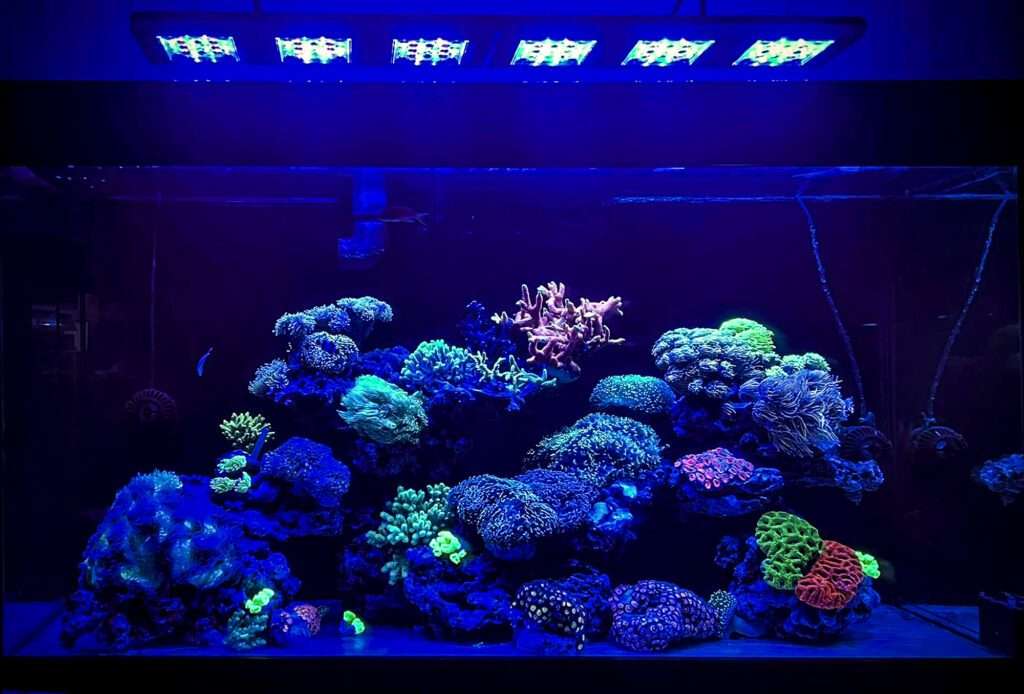
Photosynthesis rate vs. light intensity (Growth vs. light power in the marine aquarium)
Scientific research has demonstrated that light intensity, or irradiance, has a significant impact on the growth of corals. For instance, too low light intensity can inhibit coral growth or even lead to their death. On the other hand, too high light intensity, especially when corals and their symbiotic algae are not acclimatized to stronger light, can cause damage to coral tissues.
Additionally, the appropriate light intensity in the aquarium varies depending on the specific requirements of different coral species. Here are some examples from scientific studies:
- For example, research conducted on the species Acropora muricata showed that the optimal light intensity is around 400-500 micromoles per square meter per second (μmol m^-2 s^-1).
- In addition, for the species Pocillopora damicornis, the optimal light intensity is approximately 200-300 μmol m^-2 s^-1 (Anthony et al., 2008).
- Similarly, for the species Stylophora pistillata, the ideal aquarium lighting intensity is about 300-400 μmol m^-2 s^-1 (Riddle et al., 2018).
- Moreover, other studies have indicated that some species of soft corals, such as Lobophytum spp. and Sinularia spp., thrive under lower light intensities, around 50-150 μmol m^-2 s^-1 (Nir et al., 2014).
 TIP: Thus, it can be assumed that for soft corals, a PAR of 50-150 μmol m^-2 s^-1 is sufficient. LPS and SPS corals – PAR 200-500 μmol m^-2 s^-1. Demanding corals, including several species of Acropora – PAR 500-700 μmol m^-2 s^-1. Higher ranges can cause stress in corals, so it is important to ensure high water circulation.
TIP: Thus, it can be assumed that for soft corals, a PAR of 50-150 μmol m^-2 s^-1 is sufficient. LPS and SPS corals – PAR 200-500 μmol m^-2 s^-1. Demanding corals, including several species of Acropora – PAR 500-700 μmol m^-2 s^-1. Higher ranges can cause stress in corals, so it is important to ensure high water circulation.
Conclusions from the research indicate that the light intensity in the aquarium for each coral should be tailored individually. Some corals prefer lower intensity, while others, such as the species Acropora, prefer higher levels.
Light in the marine aquarium and coral coloration
Research conducted by Salih et al. (2000) confirms that high light intensity stimulates the production of fluorescent proteins and chromoproteins in corals. Notably, blue light is particularly effective in this process. For instance, Acropora corals require a higher PAR index, reaching 700 µmol m^-2 s^-1 or even higher. Therefore, light in the aquarium plays a key role in the health and development of corals. As a result, proper light selection is fundamental.
For more on how to select the right PAR (light power in the marine aquarium) for corals, find more information in our article “Choose the best PAR for your coral“.
Choose the best PAR for your coral
In corals, the production of green and red fluorescent proteins, as well as non-fluorescent chromoproteins, depends on high light intensity. For example, to achieve bright pigmentation in Seriatopora hystrix, Acropora pulchra, and Acropora millepora, a PAR level of at least 700 µmol m^-2 s^-1 is required (Roth and Deheyn 2013). Moreover, studies have shown that blue light induces the production of these colorful pigments. This process is not directly related to photosynthesis (Salih et al. 2000).
However, although these bright colors are desired by aquarists, it is important to realize their cause. Colorful corals are actually responding to stress and protecting themselves from excess light. In fact, exposure to overly high light intensity leads to a reduction in the amount of zooxanthellae.
 TIP: Coral coloration is dependent on light, especially for SPS corals. In some cases, such as with Acropora corals, exceeding a certain level of light power in the aquarium will cause the coral to shed some of its symbiotic algae and produce the appropriate pigment color in response to strong light. This will result in a beautiful color. It’s important to remember that if we decide to take such steps, we must take care of various aspects related to the coral’s growth (circulation, proper chemistry, appropriate supplementation). Light power should be selected wisely and increased gradually.
TIP: Coral coloration is dependent on light, especially for SPS corals. In some cases, such as with Acropora corals, exceeding a certain level of light power in the aquarium will cause the coral to shed some of its symbiotic algae and produce the appropriate pigment color in response to strong light. This will result in a beautiful color. It’s important to remember that if we decide to take such steps, we must take care of various aspects related to the coral’s growth (circulation, proper chemistry, appropriate supplementation). Light power should be selected wisely and increased gradually.
Although these bright colors are desired by aquarists, it is important to realize that colorful corals are actually reacting to stress and protecting themselves from excess light. Exposure to too high light intensity leads to a reduction in the amount of zooxanthellae.
Want to shine brighter? Ensure strong water circulation
Research conducted by Wangpraseurt and his team in 2017 suggests that strong water movement can mitigate physiological stress in corals, which in turn may have a positive impact on their health and growth. This factor becomes even more important when corals are exposed to higher light levels, as it helps promote faster growth and enhanced coloration. In their experiment, different levels of water flow were applied to aquariums with corals, and the impact on photosynthetic activity, biomass, and mucus production was carefully examined. The results indicated that strong water flow significantly increased photosynthetic activity and coral growth, while simultaneously reducing oxidative stress. Therefore, this suggests that strong water movement can be an effective method to alleviate stress and stimulate faster growth.
Moreover, scientific studies conducted by Hughes et al. (2018) and Wangpraseurt et al. (2017) have also shown that strong water movement can alleviate physiological stress in corals and positively affect their health and growth. Specifically, Hughes et al. (2018) observed that corals growing in areas with stronger water movement have a better chance of surviving in changing climate conditions. Meanwhile, Wangpraseurt et al. (2017) demonstrated that mechanical shocks, such as vibrations caused by strong water movement, can stimulate photosynthesis in the zooxanthellae of corals, thereby enhancing their growth.
 TIP: The conclusions from this part are that if we want our corals to grow quickly and look beautiful, we must provide them with the right amount of light and also ensure proper circulation. For soft corals, this circulation can be somewhat weaker, but for Acropora corals, the circulation should be strong. The coral needs to dispose of metabolic waste at an appropriate rate, and this will help alleviate the stress associated with strong lighting. Remember to select the light intensity wisely and gradually increase the lighting power.
TIP: The conclusions from this part are that if we want our corals to grow quickly and look beautiful, we must provide them with the right amount of light and also ensure proper circulation. For soft corals, this circulation can be somewhat weaker, but for Acropora corals, the circulation should be strong. The coral needs to dispose of metabolic waste at an appropriate rate, and this will help alleviate the stress associated with strong lighting. Remember to select the light intensity wisely and gradually increase the lighting power.
Light in the marine aquarium – how long should it shine?
To properly address this topic, it’s important to first understand the natural conditions on coral reefs. In tropical coral reefs, the sun typically shines for about 12 hours a day, usually from 6 AM to 6 PM. However, the exact times of day and night transitions, as well as the length of day and night, depend on the season and the geographical location of the reef.
Additionally, it’s important to note that coral reefs are sometimes shaded by clouds or affected by various weather conditions, which can shorten the amount of sunlight they receive during the day.
In an aquarium setting, the recommended lighting duration is typically 8-12 hours per day. We must remember that extending the lighting time means the coral receives more energy for its symbiotic algae. Logically, if we have weaker light, it might make sense to extend the duration of lighting. But what happens if we want to use stronger light and extend the lighting duration? In this case, it’s advisable to set up sunrises and sunsets in such a way that they deliver less energy.
From my experience, with longer lighting durations and appropriate light intensity, some corals may expel a portion of their zooxanthellae and lighten slightly. In some cases, this is a desirable process, such as when encouraging the coloration of Acropora corals.
 TIP: To properly set the duration of lighting over your aquarium, consider several key factors. The most important include the energy requirements of the corals, whether you desire brighter coral colors (mainly in the cultivation of Acropora and SPS), and the power of the lamp. Additionally, if you want to simulate sunrises and sunsets in the aquarium, you can adjust the lighting time, thus providing less or more energy for the corals.
TIP: To properly set the duration of lighting over your aquarium, consider several key factors. The most important include the energy requirements of the corals, whether you desire brighter coral colors (mainly in the cultivation of Acropora and SPS), and the power of the lamp. Additionally, if you want to simulate sunrises and sunsets in the aquarium, you can adjust the lighting time, thus providing less or more energy for the corals.
Summary
In summary, this article demonstrated that the right light spectrum, combined with the correct intensity expressed in PAR units, is crucial for supporting photosynthesis in corals. On one hand, high-quality lighting is essential, while on the other hand, proper acclimatization to newly purchased, powerful lamps is key for achieving optimal coral growth. Moreover, when setting up aquarium lighting, it is important to choose the appropriate light intensity for each specific coral species.
Furthermore, if we aim for healthy coral growth, it is worth investing in good water circulation. Equally important, we must not forget to observe the corals closely. These are living animals that require time to adapt to the right lighting conditions. By taking care of these critical elements, the corals will reward us with rapid growth and vibrant colors.
Furthermore, to supplement knowledge about lighting in marine aquariums, it is worth reading the article “Coral growth – all you need to know” and for details on the specifications of our Reef Flare Pro lamp, visit https://reeffactory.com/en/reef-flare-pro/. Moreover, I also encourage you to watch a YouTube video about lighting in marine aquariums at https://youtu.be/7fTMlf-qziY.
References
Szabó, M., Vidal-Dupiol, J., Moya, A., & Tambutte, E. (2016). Effect of light and temperature on the uptake of algal symbionts by coral juveniles. PloS one, 11(1), e0146961.
Kinzie, R. A. (1987). The effect of light quality on the physiology of the reef coral Montipora verrucosa. Marine Biology, 94(1), 95-109.
Kinzie III RA, Jokiel PL, York R (1984). Effects of light of altered spectral composition on coral zooxanthellae associations and on zooxanthellae in vitro
Wangpraseurt, D., Larkum, A. W. D., Ralph, P. J., & Kühl, M. (2012). Light gradients and optical microniches in coral tissues. Frontiers in Microbiology, 3, 316.
Anthony, K. R. N., D. I. Kline, G. Diaz-Pulido, S. Dove, and O. Hoegh-Guldberg. 2008. Ocean acidification causes bleaching and productivity loss in coral reef builders.
Proceedings of the National Academy of Sciences of the United States of America 105:17442–17446. doi: 10.1073/pnas.0804478105
Riddle, D. E., R. D. Gates, and J. R. Edmunds. 2018. The role of light in mediating the effects of ocean acidification on coral calcification. Journal of Experimental Biology 221:jeb166033. doi: 10.1242/jeb.166033
Nir, O., S. Gruber, O. Loya, and B. Rinkevich. 2014. Effect of water quality, flow regime, and depth on morphology and strength of three soft coral species. Marine Ecology Progress Series 507:187–196.
Salih, A., Larkum, A., Cox, G., Kühl, M., Hoegh-Guldberg, O., & Bongiorni, L. (2000). Fluorescent pigments in corals are photoprotective. Nature, 408(6814), 850-853.
Hughes TP, Kerry JT, Álvarez-Noriega M, et al. Global warming impairs stock–recruitment dynamics of corals. Nature. 2018; 568:387-391.
Wangpraseurt D, Larkum AWD, Ralph PJ, Kühl M. Light gradients and optical microniches in coral tissues. Front Microbiol. 2017; 8: 256.
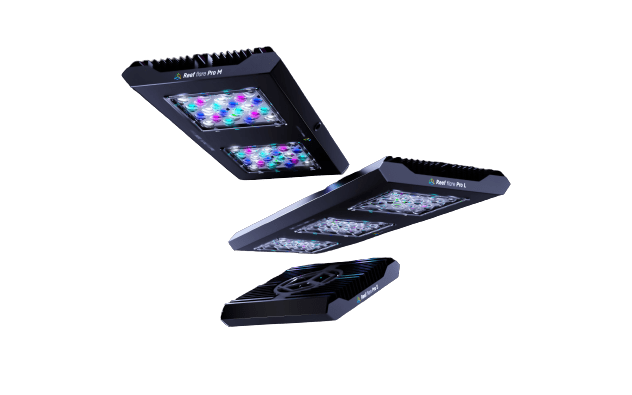
About the author
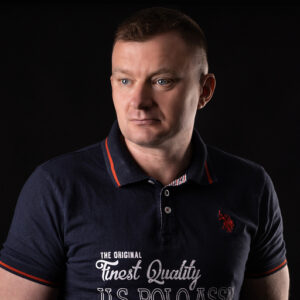
Marek Protasewicz
Reefkeeping has been my passion for over 10 years now. I love learning. The hobby has taught me many valuable lessons, patience being the best example. Combining work and passion is my path. I run Crazy Coral, a marine aquarium shop, for a number of years. Building this business from the scratch I learnt from my own mistakes at a heavy cost.
Later I managed a project aimed at development of methods for quick growth of Corals in non-natural conditions. The project was carried out by Get Sales, Poland. Presently, I am responsible for distribution strategy at Reef Factory, of which I am a co-founder. The company produces smart devices for marine aquaristics. The last projects I have been involved in are Social Reef and ReefPedia.

